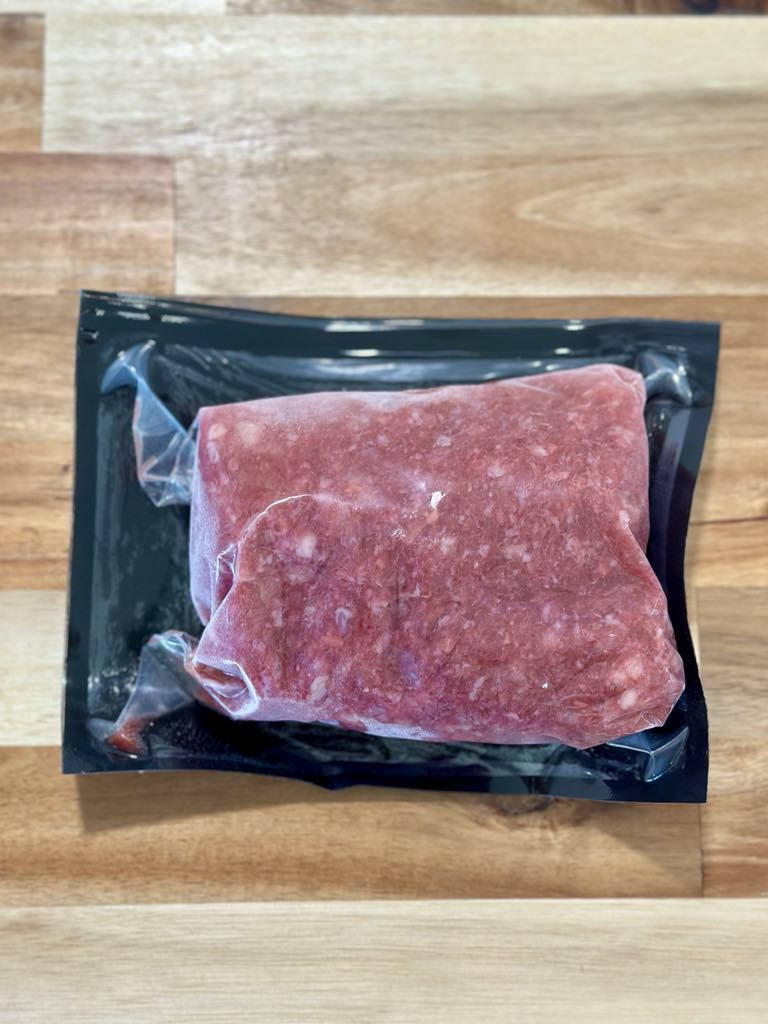Apples to Apples, Beef to Beef
posted on
September 18, 2022
Written by Blaine Ward: Marketing Team / Blogger
What's in your food?
People are becoming more interested in what goes into the production of their food. I don’t know about you, but for me; reading labels at the grocery store can become very overwhelming. We have so many labels we have to decipher; grass-fed, grain-fed, organic, pasture raised, gluten-free, vegan, etc. All too often, I become overwhelmed, and just end up choosing the cheaper product. A popular topic of debate pertaining to labels, is whether there is any nutritional difference between grass-fed and grain-fed beef.
The difference between grass-fed and grain-fed beef
Is it merely a marketing scheme, or is there in fact a difference nutritionally? The main distinction between grass-fed and grain-fed cattle, is their diet. Grass-fed cattle eat mostly grass, whereas grain-fed cattle eat mostly corn and soy. Grass-fed cattle consume a diet that is lower in calories and energy, which takes longer to get the proper weight and finish. The extra space needed for these cattle to graze as well as the extra time it takes often places grass-fed cattle at a higher premium. Many farmers and ranchers feed their cattle grain because it has higher energy levels, which speeds up the process and increases efficiency.
Is there a nutritional difference?
So, what exactly does this mean for the consumer? For consumers looking for nutritional benefits, there is in fact a difference between the two. Most people assume that the main difference is that grass-fed beef contains less fat. While this is true, there is also a difference in the composition of fatty acids. Grass-fed beef contains much less monosaturated fat than grain-fed beef. Grass-fed also contains twice as much CLA as grain-fed, a fatty acid associated with multiple health benefits. One of the most noticeable differences between the two is that grass-fed contains up to five times as much Omega-3!
Is grain-fed beef bad for me?
When considering these nutritional benefits, some consumers might assume that grass-fed is the better option nutritionally speaking. However, at Bachman Family Farms, we recognize the value in both. Grain-fed beef is still a very nutritionally sound product. Both grain-fed and grass-fed beef are loaded with B12, B3, and B6. Both products are also highly rich in bioavailable iron, selenium, and zinc. Did you know that meat contains almost every nutrient that you need to survive?! Both products are highly nutritional, and both are important to meeting the needs of the consumer.
Which one should I choose?
When choosing between grass-fed and grain-fed beef, take some of the pressure off of yourself and take solace in knowing that either option has great health benefits. What’s important to one person may vary to the other. While grass-fed beef may have some additional health benefits, both are excellent options. At Bachman Family Farms we take pride in supporting our local farmers and ranchers and appreciate that in the end; we are all on the same team. We want to provide real food for you and your family, that not only tastes good but is also good for your body!



